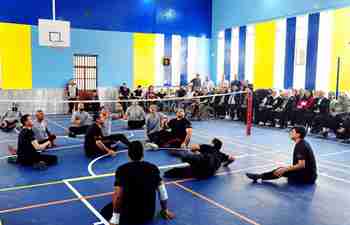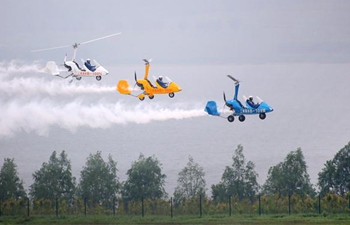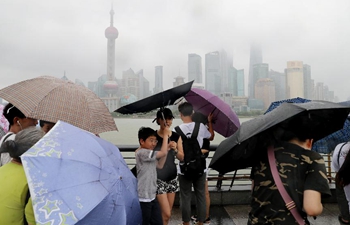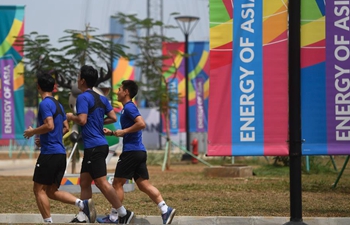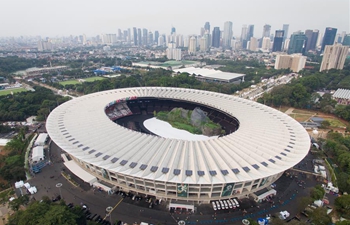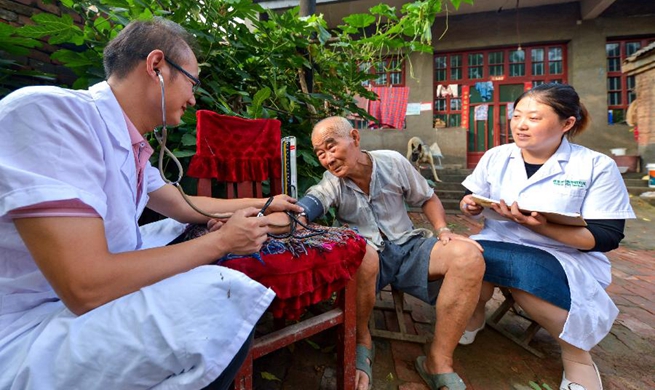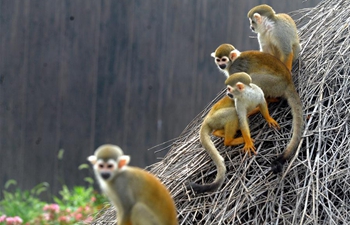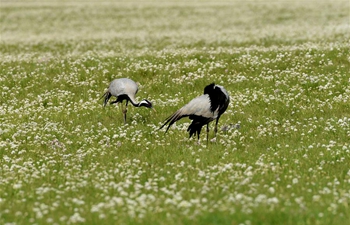CHICAGO, Aug. 18 (Xinhua) -- Human waste is full of nutrients that can be recycled into valuable products to promote agricultural sustainability and better economic independence for some developing countries.
Researchers at the University of Illinois at Urbana-Champaign (UI) have developed a model to clarify what parts of the world may benefit most from re-circulation of human-waste-derived nitrogen, potassium and phosphorus from cities and back into farm fields.
They examined 56 of the largest cities across six continents to assess the feasibility of human-waste-derived nutrient recirculation, and looked at factors like transport distance, population and cropland density, crop nutrient requirements and what types of products would do best.
Treated wastewater is an option for places where crops grow close to cities, such as many parts of Africa, Asia and Europe. However, water is challenging to transport because of its weight and relatively low nutrient content, so it is not a good option when nutrients must travel longer distances to reach farmland, the researchers said.
The study shows that a variety of cities throughout the world could benefit from this proposed sustainability approach, not only for helping grow crops, but also for their economic independence.
"We found, for example, that in Cairo, Egypt, if all of the nitrogen resources from wastewater were utilized, the city could cut Egypt's nitrogen fertilizer imports by roughly half," said John Trimmer, a UI graduate student and lead author on the study. "This type of approach could also help smallholder farmers in places like Sub-Saharan Africa gain better access to fertilizer than what is currently available."
The study also identifies parts of the world where nutrient recirculation may have less impact.
"Most of the population centers we looked at throughout the U.S. don't appear to be the best candidates," Trimmer said. "For example, places like New York and Boston are too far from intense agriculture areas. However, the Midwest - Chicago in particular - did a bit better in our analysis."
The researchers acknowledge that there are limitations to this type of exercise.
"The results of this exercise should be taken as estimates of nutrient transport distances and are useful for identifying broad trends and locations that may warrant further investigation into reuse strategies," said Jeremy Guest, a civil and environmental engineering professor and study co-author.
The findings have been published in the journal Nature Sustainability.
